Author: Apratim Ghosh
An Entrepreneur, leader and technologist with over 18 years of experience. He is very focused on providing Technology and Advisory services to companies and has helped startups from different verticals to create technology platforms.
‘Necessity is the mother of invention’ the old proverb becomes the ultimate truth for global healthcare organizations in the current situation. The front-line healthcare staff has been fighting a war against the dreadful human tragedy due to COVID-19. In these turbulent times, digital technology is reshaping the care delivery system globally.
The healthcare industry was pretty slow in embracing the digital age. But, after the Corona pandemic, healthcare organizations have picked up at an unprecedented pace in the digital transformation journey. Also, more than 50%*** of patients are now ready to adopt digital tools as a way of quick cure solutions. Within six months, some significant variations were observed in medical management, like:
- Doctors and care staffs became more digitally matured in different hospitals
- More confidence & willingness among staff and patients to use technology
- Funding to invest in the medical IT infrastructure
Healthcare leaders have been spellbound by noticing how technology has stepped up to help the affected people in this pandemic. A report reveals a 500%* increase in telehealth visits and remote worker’s number almost double-ups.

Providence Health of Washington State has reconfigured their chatbot ‘Grace’ with FAQ’s and COVID-19 symptoms related assessment. Providence Digital Innovation Group has noticed that 70,000 * patients log into the chatbot and received over one million emails enquiring about the disease symptoms and doctor consultations. The number of virtual visits has gone up by 10 to 15 times compared to the pre-pandemic situation.

Millions of people are now welcoming digital care therapies and open to adopting the virtual health visit. Now, most on-demand digital care services are:
- On-demand medical appointments, home therapies, and care suggestion through telehealth
- Physicians and hospitals are using big-data insights and cloud storage to track and manage patient data
- Medical wearable devices to control health 24/7 and improve preventive measurements
- The virtual collaboration that helps doctors and caregivers to get trained in a better way
- Artificial intelligence that makes personalized treatment possible
- COVID-19 Self-assessment survey designed by healthcare marketers to check the valuable data among the population and initiate quick actions
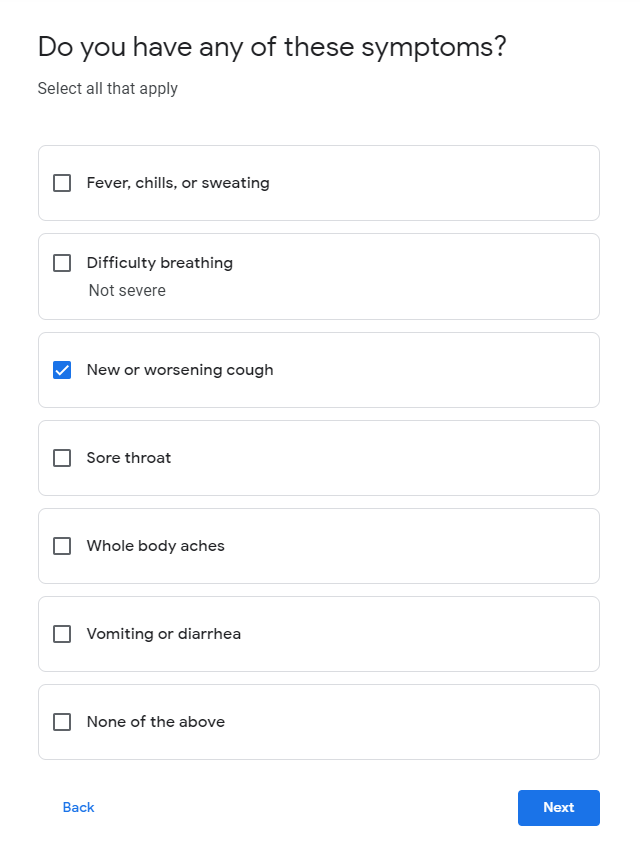
Considering the present situation, the Government is relaxing healthcare regulations. Since the onset of the pandemic, social distancing has become mandatory for everyone, and that has started an experiment on remote care. The remote treatment makes patients more digitally empowered than ever.
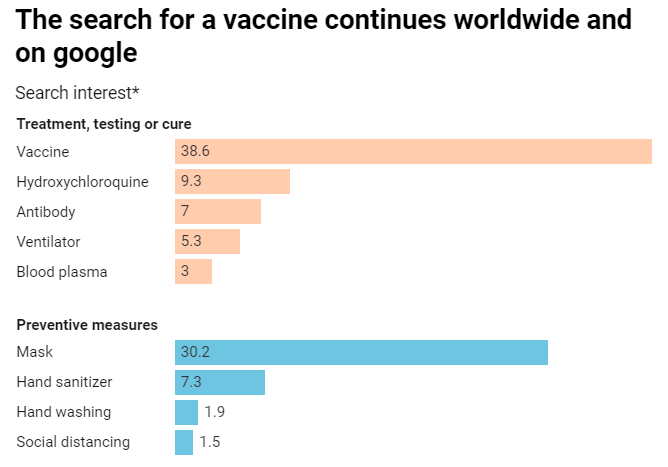
According to the Google database report, from the starting of January to now, the most searched term is “Vaccine,” including the phrase “COVID-19 Vaccine trial and update.” Moreover, the below statistics have revealed a substantial increase in searches of preventive measures in South Asian countries.

Based on these above facts, we have found some astounding impacts on the global healthcare business due to this rapid transformation. An American market research company has already observed a hockey stick curve of the virtual care adoption system in the United States. Besides, US health insurers have admitted covering coronavirus related telemedicine. A French firm Doctolib SAS has experienced an 18-fold jump** on the medical video consultation within March 2020. Over one million people have used NHS 111online support for assessing nCov symptoms within the first week of site launching.
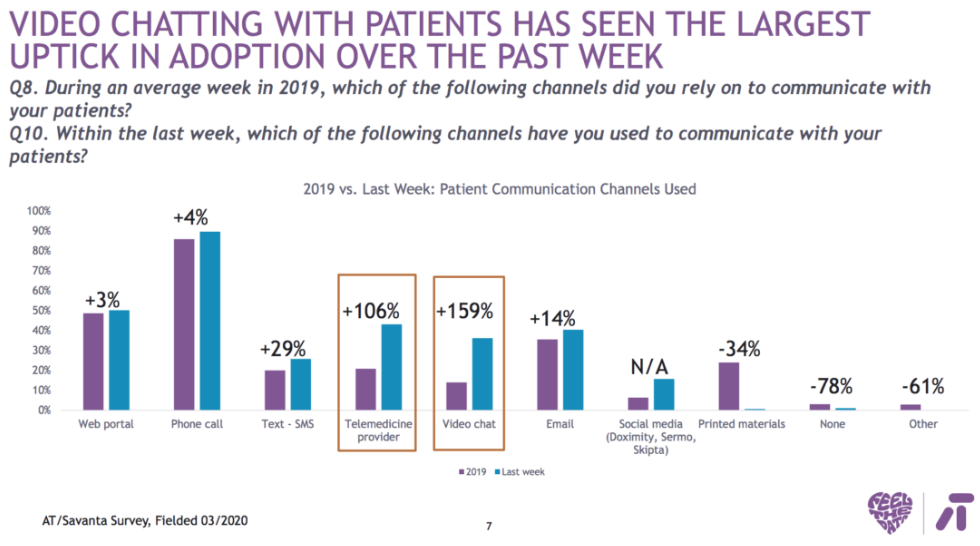
Besides all these benefits, there are some challenges in a digital transformation like:
- Equal opportunity access
- Clinical support to the patient for optimizing technology
- Training to handle new expertise and others
However, healthcare organizations can get rid of these challenges and improve their adoption scale by following the below characteristics.
| Characteristics | Usefulness |
| Easy to use techniques | Patients able to connect through mobile device sensors, useful for video/phone consultation |
| Measurable improvement in patient care quality | Facilitate clinical decision and increase learning on augmented reality |
| Affordable agile solutions and easy to replace the facility | Maintenance cost is low |
| Better working collaboration with industry innovator | Improve communication between end-users and makes clinical training easy |
| Ready to deliver a dynamic solution as per the need of end-users | Quick analysis and better advice to patients |
References:
* Padmanabhan, P (contributor of CIO) ‘How the COVID-19 pandemic is reshaping healthcare with technology’, CIO, India Retrieved from: https://www.cio.com/article/3534499/how-the-covid-19-pandemic-is-reshaping-healthcare-with-technology.html
** Rethinking Digital Transformation of Healthcare Amid COVID-19: How Marketers Can Adapt to Changing Dynamics Retrieved from: https://useinsider.com/healthcare-amid-covid-19/
*** Vikram Kapur and Alex Boulton Covid-19 Accelerates the Adoption of Telemedicine in Asia-Pacific Countries, BAIN & COMPANY, Retrieved from: https://www.bain.com/insights/covid-19-accelerates-the-adoption-of-telemedicine-in-asia-pacific-countries/
CEO Satya Nadella said,” We’ve seen two years’ worth of digital transformation in two months. From remote teamwork and learning, to sales and customer service, to critical cloud infrastructure and security—we are working alongside customers every day to help them adapt and stay open for business in a world of remote everything.”
In this pandemic, there is no choice for anyone but to be tech-savvy. Most businesses that were not dependent on technology, have now been forced into adopting technology. This has forced a shift in remote-work policies and workplace hygiene as well as evolved in business-continuity strategies. The one silver lining to this situation is that industries will now understand how smart-technology platforms and digital-transformation tools can help make fool proof business models in the face of such a global crisis.
The impact that technology is having on the society will persist for years to come. The top digital revolutions are work from home, distance education, telehealth, online entertainment leading to reduced bandwidth and retail industry. Here is our perspective on how some of the industries have changed recently.
RETAIL INDUSTRY:
Retailers are now focusing on launching online stores and developing a well-mapped customer journey across various e-commerce websites. Survival of the retail industry calls for its ability to sell, which involves checking the existing business process to find problems and creating a more robust framework. This will improve efficiency and help converge evolving technologies. Thus, improving customer experience.

HEALTH CARE INDUSTRY:
In the health care sector, non-urgent cases are being dealt with using telemedicine as most governments are now insisting on being technology-enabled. Nowadays, patients get better treatment with virtual reality tools, wearable medical devices and mobile technology. Hospitals are using big data to create a customer persona which compiles statistical information on what the prospective patients want and need, and the platforms where one can reach them. Even doctors can now streamline their workflows using artificial intelligence-powered systems.

FINANCIAL INSTITUTIONS:
Most banks still have not adopted cloud-based infrastructure due to security concerns, but this pandemic has driven them to make this their top priority to become resilient. Banks being digitized can see reduced costs and streamlined processes and this end-to-end integration provides a seamless, engaging customer experience. This makes room for further business transformation with new digital technologies like blockchain and artificial intelligence.
Being primarily powered by AI and its related technologies of machine learning and predictive analytics, insurance operations have become faster. Digital transformation is also speeding up customer service, where live chat and digital assistants are helping customers in their most important times of need.
EDUCATION INDUSTRY:
Digital transformation has impacted the education industry and educators are now realising the benefits of technology in classrooms. Education is an industry with antiquated methods and practices, but with the help of digital transformation, teachers have begun making drastic changes to their instructions and assessments at a much faster and smoother rate than expected. New educational technology is helping students learn in a collaborative and interactive manner. Virtual and augmented reality plays a major role in enhancing teachers’ instructions while simultaneously creating lessons that are fun and engaging for students. Thus, teachers are being able to bring the outside world into the classroom.

Today’s pervasive online environment allows exciting possibilities that can educate students on cyber safety as well as individual responsibility. Colleges and universities are starting to create informal campus learning spaces for the students to understand the importance of collaborating and creating whenever possible and not just within classrooms. Artificial intelligence has also become a major tool in higher education. Australia’s Deaken University used IBM Watson to create a virtual student advisory service available every day of the year. In the very first trimester, over 30,000 questions were recorded. Thus, giving actual advisors time to spend on much advanced problems.
GOVERNMENT AGENCIES:
Infrastructure modernisation has become a priority for governments looking to serve citizens in the digital era. Local, state as well as federal government agencies are undergoing digital transformation to help them use the power of the cloud. While, technology can help governments become more effective, the change does not happen overnight. Due to various factors, different government agencies are at various stages of digital transformation and are looking at how they can scale their efforts to fulfil the commitments made to their constituencies.
Executives of various industries are now inspired to use digital advances such as analytics, mobility, and social media to transform businesses. Customer interactions and internal business processes are changing to take over new technological capabilities. Governance is a key determinant in managing digital transformation as it often goes beyond organisational structures to include specific leaders. These new roles include ‘digital czars’ who lead digital transformation at the firm or business level as well as senior liaison roles.

To conclude, in each of the above-mentioned scenarios, the thing in common is to transform organisations into smarter, more proactive, and more energetic entities that are able to cope up with the changes in our behaviour and technology demands. Taking the right steps can help them evaluate what they need to do to harmonize their back-end systems with new digitized capabilities for clients, partners and staff.
” When digital transformation is done right, it is like a caterpillar turning into a butterfly, but when done wrong, all you have is a really fast caterpillar,” rightly said by George Westerman, MIT Sloan Initiative on the Digital Economy.
“If you spend more time on coffee than on IT Security, you will be hacked”as said by Richard Clarke, White House Cybersecurity.
Security implementation is of utmost importance and hence, a few guidelines need to be in place to ensure a safe working environment. Due to the current situation, most companies have asked their employees to work from home and that makes security even more important.
A few reasons why security implementation becomes important are:
- Less secure home network and WIFI
- Lack of protection against intrusion
- Less control on browsing habit and being more prone to virus, malware and ransomware attack.
Inovar realized the lack of security measures as well as the lack of security infrastructure as most team members use their own unmanaged devices. We realized that a tool was needed to manage the security with very less complexities but at the same time extendable to an enterprise grade security system. As there was no security expert known to us, we took it on our shoulders to make sure that the system was no longer vulnerable
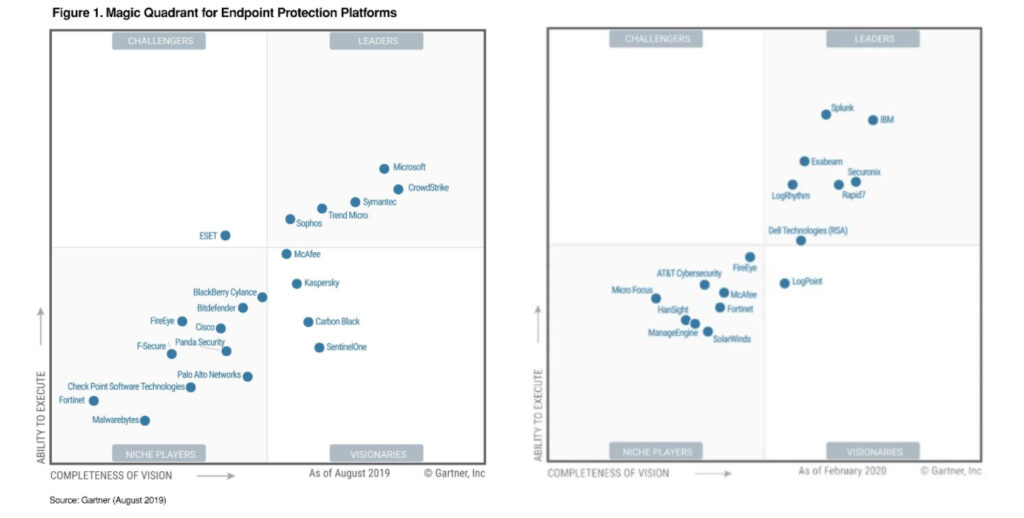
Mobile Device management is used to monitor, manage and secure employees’ mobile devices to ensure the safety of IT infrastructure and there are many tools for it, but does not provide all the necessary functions that are needed. Similarly, tools are available to keep all the laptops and MacBooks compliant with the latest policies and updates. But if we adopt many tools, we must keep in mind, the complexity and cost of implementation.
When the team brainstormed and pooled in their thoughts for an appropriate device management solution, we found tools, most of which were very specific with a certain set of capabilities and were quite costly too. Combining separate tools and per user licenses was intense and the budget was soaring. We then investigated Microsoft 365 and it was quite a mess too, comprising of Intune, Intune for Device, Advance Threat Protection, E5 Security, Azure active directory premium and so on and so forth.
After spending a lot of time on research, we zeroed in on using Microsoft based tools for our cloud infrastructure security. Currently all our team members already use Microsoft 365 E3 licenses and that helped the decision.

After much deliberation, we decided on maximizing the investment on Microsoft 365 and making use of Intune.
This allowed us to:
- Manage everything (Mobile, Desktop, Laptop & MacBooks) via a single console
- Manage all types of devices
- Provide enterprise network security on Windows laptops, which we use primarily.
We are now able to have reasonable command over other platforms and that integrates well with our current platform of Microsoft 365. Another major upside to this was Per User License and so device count per user wasn’t an issue anymore and suited our pockets.
Implementing such a network infrastructure security required humongous effort. A lot of research went into learning about the various security tools and we spent long hours to analyze and plan implementation of the tool. Videos by veterans of this field tried to warn us against using these tools by ourselves or it would take us down. Yes, there is a high possibility, but we were determined to make it work.
We faced many issues during the implementation.
For instance, if we wanted to restrict users from logging into the environment whose devices were not compliant, we needed to get Azure Active Directory premium. After much research, we came across the Exchange ActiveSync feature that helped us block out apps which were not managed. Its not fool proof but covered most of our requirements. After many such workarounds, finally, we came up with a combination that fit our purpose perfectly and we are still currently using it. It provides us with features such as:
- Multi Factor Authentication
- Extensive use of Microsoft 365 Threat management, Data Loss Prevention, mail flow rules and others
- Additional protection on Phishing, Malware and most importantly ransomware.
- Intune with device policies for all (Windows and Mac, Android and iOS phones)
- Exchange ActiveSync capabilities to fine tune permissions on mobile
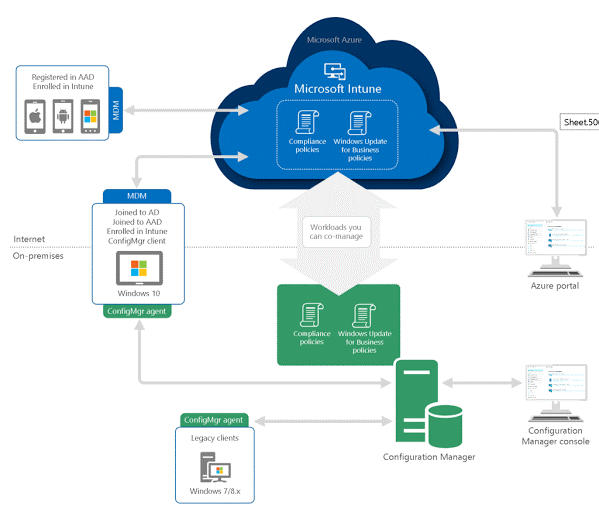
Using an enterprise grade system at the same time has its demerits. It has so many controls that at a point we were completely lost. There were many ways to approach it but again, coming up with one approach came with its own set of challenges, so we kept trying different options with pilot users till we found an option which worked for us.
Device management is not buying a product on an e-commerce website. One needs to be patient and spend time on it as neither do all changes reflect immediately nor does everything work out at the very first attempt. Do not go looking for just one particular video or blog that will help you set up everything. We went through 50+ blogs and watched around 20+ videos to create our own action plan.
Some of the links are given below to help you out.
- Setting up your Microsoft Intune Tenant (I.T)
- Real World Management of Devices with Microsoft Intune and Azure Active Directory
- Configuring and Deploying BitLocker Client Policies from Intune (I.T)
- Threat and Vulnerability Management
- Create and Deploy Windows Information Protection policy with Intune
- Connect to Exchange Online PowerShell using multi-factor authentication
- Apply features and settings on your devices using device profiles in Microsoft Intune
- Understand App Protection Policy delivery timing
- Mobile device mailbox policies in Exchange Online
- What to expect when your Android app is managed by app protection policies
- iOS app protection policy settings
But if one is prepared well, one can finally see how easy security in technology has become over time. No system is impenetrable, but I think we have come a long way.
Rightly said by Stephane Nappo (Global Chief Information Officer at Societe Generale International Banking),
“It takes 20 years to build a reputation and few minutes of cyber-incident to ruin it.”
A big thank you to the team for all their hard work and dedication. Everybody should start thinking about implementing security in the new world order. One can start small and move on as per their need. It is not a difficult job to do, as many may think, so start now! Go ahead and implement the same.
The situation has become very troublesome for last few weeks for business and customers alike, with the onset of the pandemic of COVID-19. The effects of COVID-19 have been shaking up the entire world and forcing us to undergo drastic behavioral changes.
In this situation, every business is planning on how to continue the rhythm of business with our customers, partners and suppliers and manage their business in a seamless fashion. With almost entire world being under a lockdown, this is a very far fetched reality. Most of the business cannot function without having people on ground. For example, supply chain and most of the upstream/downstream services/businesses related to that is a prime example.
As per McKinsey, here is what readiness for restarting looks like for all affected countries

Emergency services and IT driven businesses are still functioning but struggling with multiple issues. From finding a secure way work from home to digitizing all the paper and people-based process is uphill task. Even if you can re-purpose and find workaround to get things done, adoption still will remain an unsolved question.
We @ Inovar, have seen these challenges first hand with one of the top US Health caregivers, and helped find a solution to their challenges. Starting from rapid infrastructure setup to digitizing their process and helping their team adopt the solutions which were created. While designing the solution it was key that we keep the end user in mind and make it easy for them to transition on to this new platform.
Some of the items we have helped them with are:
- Virtual Agents
- Rapid Application development and workflow automations.
- Technology strategy, Infrastructure and tools setup for Work from home.
- Automated exposure severity evaluations with Analytics.
- Content management for their facilities using PowerApps & SharePoint Applications.
- Training on the new tools and services deployed.

If you are also facing technical challenges in this pandemic condition, then our technical experts might be able to find out instant feasible solutions. Our knowledge with rapid digitization platform can definitely help you get moving and mitigate most of the challenges you are facing today.
Here some quick guidelines that will help you to be more productive in your daily operations:
- Focus on multichannel communication in daily basis
- Flexibility of remote work to all
- Actively present in social media
- Streaming services for content.
- Create a Business continuity or backup plan for all Digital services used.
The present situation becomes more critical as most of the SMBs are in the center of the crisis. However, we believe that adopting best practices for communication and modern tech solutions are the essential ways to combat against such global crisis. Always feel free to connect with us for solving any business problems and better technical suggestion. We will be glad to be your technical partner and always committed to lead you in the right track of digital transformation.
Not to name names, but I’ve been reading in several publications that one of the main reasons to go to multicloud is to avoid vendor lock-in. While I can see the logic behind this assumption—that having more cloud providers means you can be more independent—the reality is much different.
For example, if you have an application in the cloud, and you’re using a multicloud architecture, you’ll have two or three choices where to place that application workload and associated data: Amazon Web Services, Microsoft Azure, and/or Google Cloud Platform.
You’ll pick one cloud for that application and do the standard migration processes to get it up and running. What most people don’t understand is that, as part of that migration, you’re likely to make the application workloads cloud-native. That means you’re going to alter the applications, slightly or heavily, to take advantage of the native cloud services, such as API management, governance, security, and storage.
By altering the application to be cloud-native, you’re locking yourself in to that cloud provider, for that application. If you don’t go the cloud-native approach, it’ll be easier to migrate that applocation to a different provider later—but at the price of a suboptimal deployment due to not being cloud-native.
You have to make a trade-off between using advanced application capabilities (cloud-native), and thus also accepting vendor lockin, or keeping the app geberic and less optimal to avoid that lockin. It does not matter if you’re using a single-cloud architecture or a multicloud architecture, the lockin trade-off is the same.
In this 60-second video, learn how the cloud-native approach is changing the way enterprises structure their technologies, from Craig McLuckie, founder and CEO of Heptio, and one of the inventors of open-source system Kubernetes.
IT INSIGHTS
What is the cloud-native approach?
 Of course, it is an advantage to have another public cloud connected and integrated into your architecture so that other public cloud options are available if and when needed. But you still have to make that same trade-off between being cloud-native and avoiding lockin.
Of course, it is an advantage to have another public cloud connected and integrated into your architecture so that other public cloud options are available if and when needed. But you still have to make that same trade-off between being cloud-native and avoiding lockin.
You might think you can avoid the trade-off by using containers or otherwise writing applications so they are portable. But there is a trade-off there as well. Containers are great, and they do provide cloud-to-cloud portability, but you’ll have to modify most applications to take full advantage of containers. That could be an even bigger cost than going cloud-native. Is it worth the avoided lockin? That’s a question you’ll need to answer for each case.
Moreover, writing applications so they are portable typically leads to the least-common-denominator approach to be able to work with all platforms. And that means that they will not work well everywhere, because they are not cloud-native. I suppose you could write portable applications that are cloud-native to multiple clouds, but then you’re really writing the application multiple times in advance and just using one instance at a time. That’s really complex and expensive.
Lockin is unavoidable. But lockin is a choice we all must make in several areas: language, tooling, architecture, and, yes, platform. The key is to choose each lockin poont wisely, to mimimize the need to change horses. But when a change must happen, there’ll be a price to be paid. If you make the right choices, you’ll pay that price not very often, and you”ll have gained more from those choices in the meantime than you would have gained from a least-common-denominator approach
It’s been a while we are talking about Connected Vehicle and their benefits in the Logistics sector.
- Vehicle Utilization and Routing
- Maintenance
- Real time Tracking etc
But with increased technology advancement, people are looking at the next level features .
First in the list from the business standpoint, is safety both from Vehicle and Driver standpoint. Calculating Driver fatigue, which can happen in many ways.
- Smart devices/wearables.
- Monitoring Eye movement and actions with real time camera feed and machine learning.
- Dash cams to monitor traffic and alerting driver.
Automated scheduling not only based on lowest cost or distance also checking for best fit. Most fleet management software today consider idle trucks and minimum distance to allocate trucks for the job. But today with machine learning, the software can take care of Vehicles already on route to the specific location, Vehicle’s home location and their preference of load and destination. Even it can plan ahead to create a connected trip which can get the driver back to his home location so that they can enjoy time with their families during their Time off period.
Finally the most important piece in the puzzle to solve is multi modal shipments. For cost benefits people use multiple mediums such us Road, sea and trains to deliver their goods in a single shipment. Current software mostly handle point-to-point loads. But for logistics companies that poses a very big challenge. New softwares with the machine learning can even suggest just like the google map which route take for most efficient and low cost routes.
Example of Multi Modal Logistics
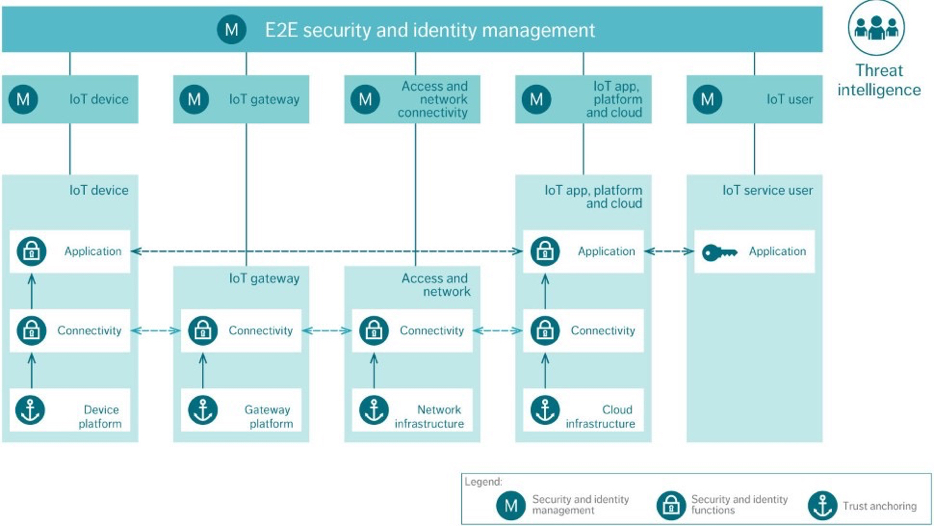
On the technology side, Next wave of software’s are focusing more on securing the software so that they are less prone to hacks. But with tight security portability of the software becomes very limited. So companies are trying find out the best solution where people can use the choice of their technology but get the best in class software they need to be successful.
Machine Learning is become a large factor in this whole eco system. We talked about usage of machine learning just a while back, but machine learning is now also used to predict demand and making sure enough # of vehicles are available in that region to handle the load. That’s good for business as well as it reduces are adhoc nature of drivers job making sure their lives are also more predictable.
General Scenario
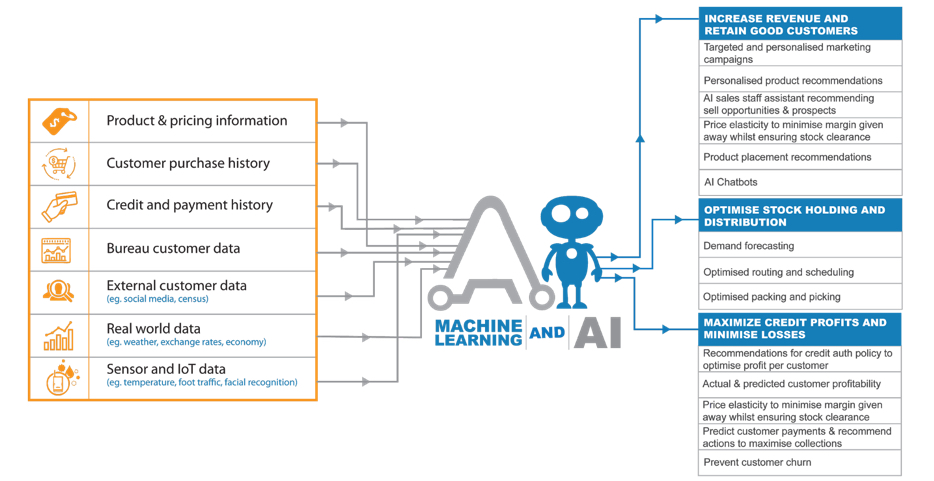 Finally getting towards a more integrated system, Right now logistics software run independently focusing mostly on one thing. But that is not enough, broken experiences between their booking, invoicing, logistics and CRM system is making it a very painful experience for them and most importantly for their customers. Creating a software which works and integrates well to the existing platforms of the operator is going to be key and will bring the required digital transformation in this space
Finally getting towards a more integrated system, Right now logistics software run independently focusing mostly on one thing. But that is not enough, broken experiences between their booking, invoicing, logistics and CRM system is making it a very painful experience for them and most importantly for their customers. Creating a software which works and integrates well to the existing platforms of the operator is going to be key and will bring the required digital transformation in this space
Continuous economic activities, rapid urbanization, population growth and the rise of living standards have greatly accelerated the generation of municipal solid waste (MSW). This poses considerable challenges for governments, civil society and private sectors to protect and promote the environment and sustainable development.
Waste recently is more considered as a resource rather than garbage of no value (Zaman, 2010). Waste as a resource, refers to resource recovery that can be converted into other material and energy. MSW has great potentials to transform into other form of resource and energy through proper treatment. Additionally, increasing challenges of climate change resulting from MSW have raised people’s attentions on waste management.
Understanding the scenario
The growing quantities of MSW will have a significant impact on the development of social, environmental and economic aspects. However, there are several critical issues, such as deficiency of information and knowledge, less developed policy and strategic planning, lack of technology support, and lack of financial investment.
Waste management hierarchy is a generally accepted guiding principle for prioritizing waste management practices to achieve minimum adverse environmental and health impacts from wastes. The waste management hierarchy in Figure 1 shows the preferred order of waste management practice, from most to least preferred.
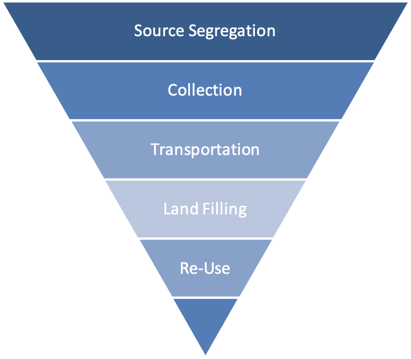
But most importantly for municipalities and authorities, tracking and monitoring that the work is getting done is of prime importance. Inovar was brought into situation to provide a smart IoT based solution to ensure all their financial investments are at work and Waste management is being carried out as expected.
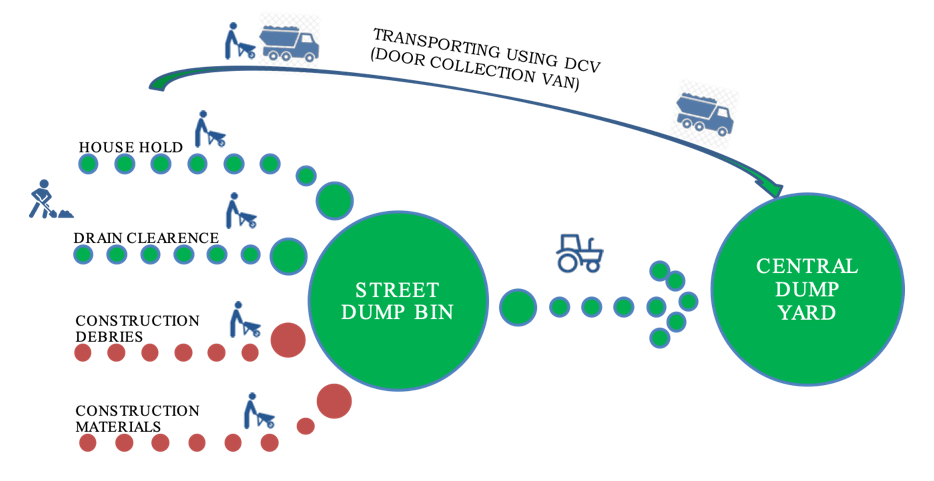 Solution
Solution
Inovar quickly realized, Waste containers are everywhere—behind restaurants, retail stores, and hotels, at office buildings, and on construction sites. Even the collection process and transportation routes taken, were erratic and not optimized to reduce cost and maximize benefit.
We proposed a 2 part system, First part was to handle the waste level and the collection team. Second part was to manage the transportation of waste to the designated area with efficiency.
For waste collection procedure, we implemented sensor based technology in the collection units to assess the level of the waste. For ground crew cleaning public areas, we created a mobile based attendance and reporting element which can track their locations and real time and ensure that there are working as per the plan laid out.
For Logistics we again used IoT devices, to track trip mileage/fuel consumption, real time location tracking, engine idle time and deviation from planned route or tasks.
Finally, In the cloud, the real time analysis has to be carried out to generate various reports, alerts & notifications like- area waste collection activity, Daily attendance, vehicle movements, seasonal or function reports on waste, segregation reports etc. which can help the Municipal corporation with better strategies for waste management.